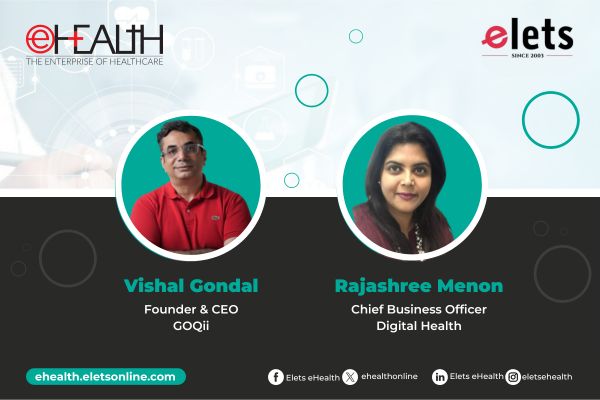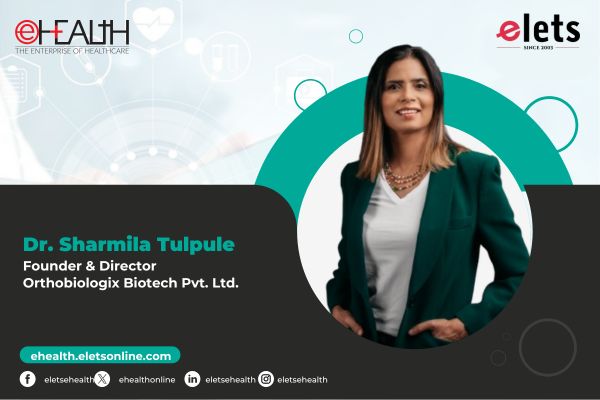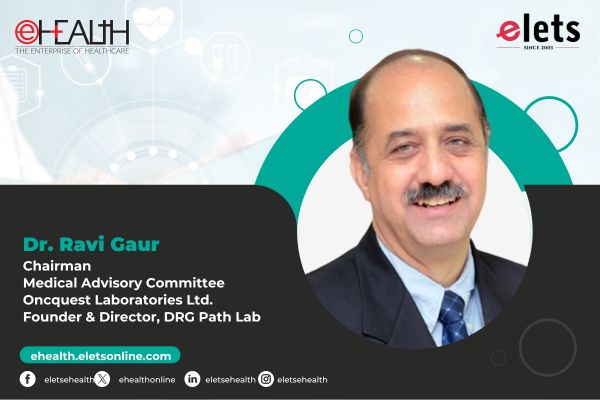
The cacophony of a bustling Indian marketplace, the quiet hum of a rural clinic, the sterile gleam of a metropolitan hospital – these are the diverse landscapes of India’s healthcare. Yet, across this vast tapestry, a common thread weaves its way: the urgent need for accessible, affordable, and effective care. Driven by this need, India is witnessing a quiet revolution, a transformation powered by innovation and a deep understanding of its unique challenges, both urban and rural.
Imagine a grandmother in a remote village, her arthritic pain a constant companion, now able to consult with a specialist hundreds of kilometres away through a simple video call. This isn’t a futuristic dream; it’s the reality of telemedicine platforms like eSanjeevani, bridging the geographical chasm that once separated patients from vital care. Simultaneously, in the dense urban sprawl, busy professionals are accessing virtual consultations during their lunch break, avoiding long commutes and crowded waiting rooms. The Indian government’s proactive embrace of telemedicine, with clear guidelines and regulatory support, has been instrumental in making this a tangible reality for both segments.

This digital transformation extends beyond consultations. The Ayushman Bharat Digital Mission (ABDM), a monumental undertaking, aims to create a unified digital health ecosystem. Picture a patient, moving from a rural clinic to a city hospital, their complete medical history accessible with a few clicks. This seamless flow of information, secured and protected, promises to revolutionize patient care, eliminating the frustrating redundancies and potential errors that plague fragmented systems—a boon for both rural and urban populations.

But innovation isn’t confined to the digital realm. In resource-constrained settings, where access to sophisticated laboratories is a luxury, point-of-care diagnostics are proving to be game-changers. Handheld devices, capable of performing rapid blood tests or detecting infectious diseases, are bringing the lab to the patient, enabling timely diagnosis and treatment. In urban centres, these devices are streamlining emergency care and enabling faster diagnoses in busy clinics. The Indian Council of Medical Research (ICMR) plays a critical role in ensuring the accuracy and reliability of these devices, validating their efficacy before they reach the hands of healthcare providers.

Furthermore, Indian companies are stepping up to address the affordability challenge, developing cost-effective medical devices that cater to the needs of underserved populations. Low-cost prosthetics, diagnostic tools, and hospital equipment are making a tangible difference, ensuring that quality healthcare isn’t a privilege reserved for the few. In urban settings, this translates to more accessible specialised care, while in rural areas, it strengthens the foundational healthcare infrastructure. The Central Drugs Standard Control Organisation (CDSCO) provides the regulatory framework, ensuring the safety and quality of these devices.

Urban markets, with their high population density and fast-paced lifestyles, present unique challenges. Innovations in areas like home healthcare, personalised wellness apps, and AI-driven diagnostic tools are addressing the specific needs of these populations. For example, AI-powered platforms analyse patient data to provide personalised health recommendations, while home healthcare services bring quality care directly to the doorstep.
Also Read :- The Future of Health Insurance for Small Businesses
This revolution isn’t just about technology; it’s about understanding the unique needs of India’s diverse population, both urban and rural. The focus on rural healthcare, the emphasis on affordability, and the sensitivity to cultural nuances are all crucial components of this transformation. In urban centres, the focus shifts to efficiency, accessibility, and personalised care, leveraging technology to streamline processes and improve patient outcomes.
The journey is far from over. Challenges remain, from ensuring equitable access to digital infrastructure to addressing the shortage of healthcare professionals, both in the cities and villages. However, the momentum is undeniable. India is embracing innovation, weaving digital threads into the fabric of its healthcare system, and extending healing hands to those who need them most. It’s a revolution that promises to transform lives, one patient at a time, regardless of where they call home.
Some of the global best practices in healthcare technology adoption exist in countries like Singapore, Hong Kong, the USA, Europe, and the UAE. They have successfully leveraged technologies to enhance efficiency, patient safety, and healthcare outcomes. We can learn from these proven strategies and adopt the right-fit model for the Indian healthcare ecosystem.
Young IT, digital, and hospital management professionals can play a key role in accelerating technology adoption in hospitals. By bridging the gap between healthcare and technology, they can drive innovation, improve efficiency, and enhance patient care. By fostering collaboration, innovation, and digital transformation, Gen Z can shape more secure and sustainable solutions.
Views expressed by: Neha Lal, Head – Operations & Assurance, Adani Healthcare
Be a part of Elets Collaborative Initiatives. Join Us for Upcoming Events and explore business opportunities. Like us on Facebook , connect with us on LinkedIn and follow us on Twitter , Instagram.
"Exciting news! Elets technomedia is now on WhatsApp Channels Subscribe today by clicking the link and stay updated with the latest insights!" Click here!
















